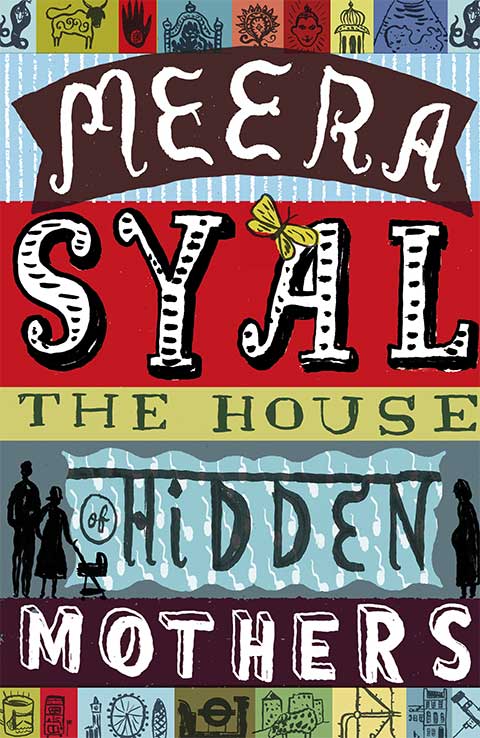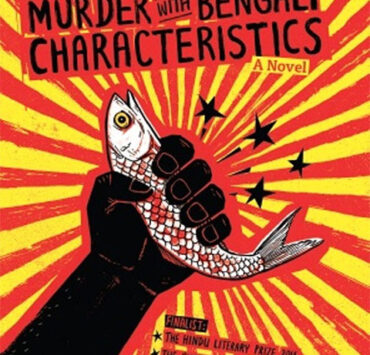In her latest novel, Meera Syal grapples with an eye-wideningly long list of capital-I Issues; surrogacy, feminism, immigrant identity, ageing, cultural friction, and intergenerational tension are thickly woven into the story.
Also featured are eating disorders, domestic abuse, rape, addiction, infidelity, globalisation—I could go on. She opts to juggle her weighty thematic burden without sacrificing lightness of tone, but characterisation and cogency begin to fray under the strain.
We meet protagonist Shyama in the waiting room of an upscale London fertility clinic, about to hand over the last of her savings in exchange for a bleak prognosis: she will not conceive the hoped-for second baby. At 48, British-Indian divorcee Shyama is already mother to emotionally distant 19-year-old Tara, but she’s desperate to share parenthood with her younger, childless partner Toby. The couple decide to try international surrogacy. In what is a sort of reverse migration for Shyama, they pack their battered hopes into suitcases and journey to New Delhi, where she finds quite a different India to the one her parents left behind. Meanwhile, in a rural village somewhere, a young, unhappily married woman named Mala is looking for a way out of dead-end poverty. Their paths are set to cross.
Other reviewers have praised the book for its warmth and humour, and there is charm here, especially in the early chapters. Syal’s wider-angle sketches of scenes and settings are lively. Her observations about the cultural dislocation of the returned migrant are acute and bold. Of herself, back in Delhi, Shyama wonders, “Was she now the colonial memsahib? The benevolent bringer of bounty, or the ruthless trader, smiling her way back home?”
It’s close-up, in the characterisation, that the cracks start to show. Viewed altogether and at some distance, Syal’s women characters are an interesting grouping. I imagine them arranged as an exhibit called the Trouble of Living Inside a Female Body; each character exploring the problem of womanhood from a different angle. Young Tara, on the cusp of womanhood, faces trials associated with the ownership of her own body. Shyama’s friend Priya works hard to stave off signs of ageing as a means to keep hold of her sexuality. Shyama’s own body has betrayed her, shedding what the story paints as its redemptive—albeit fraught—potential of motherhood. There are more.
Ultimately, I found it difficult to care quite as much as I should, because I just wasn’t sold on the characters. Best friends Priya (the sexy one) and Lydia (the careerist) barely evolve beyond T.V.-drama stereotypes, despite glimpses into their own darker backstories. Tara’s character arc is drawn with an almost-clumsy, heavy hand, and she seems, by turns, too young and too old to be convincing. Shyama herself, sketched early as a sort of sassy, wisecracking sit-com character, feels increasingly fragmented and inconsistent as the story goes on and ploughs into heavier territory.
While bubbly sit-com humour allows the story not to get bogged down in difficult subject matter, it, coupled with thin characterisation, gives the whole thing a feeling of stage-y unreality. So when, in the final act, Syal tries to stir real-world events into the mixture, the mixture splits. That’s where she lost me altogether.
[ISBN 9780857523099; Penguin Random House]








